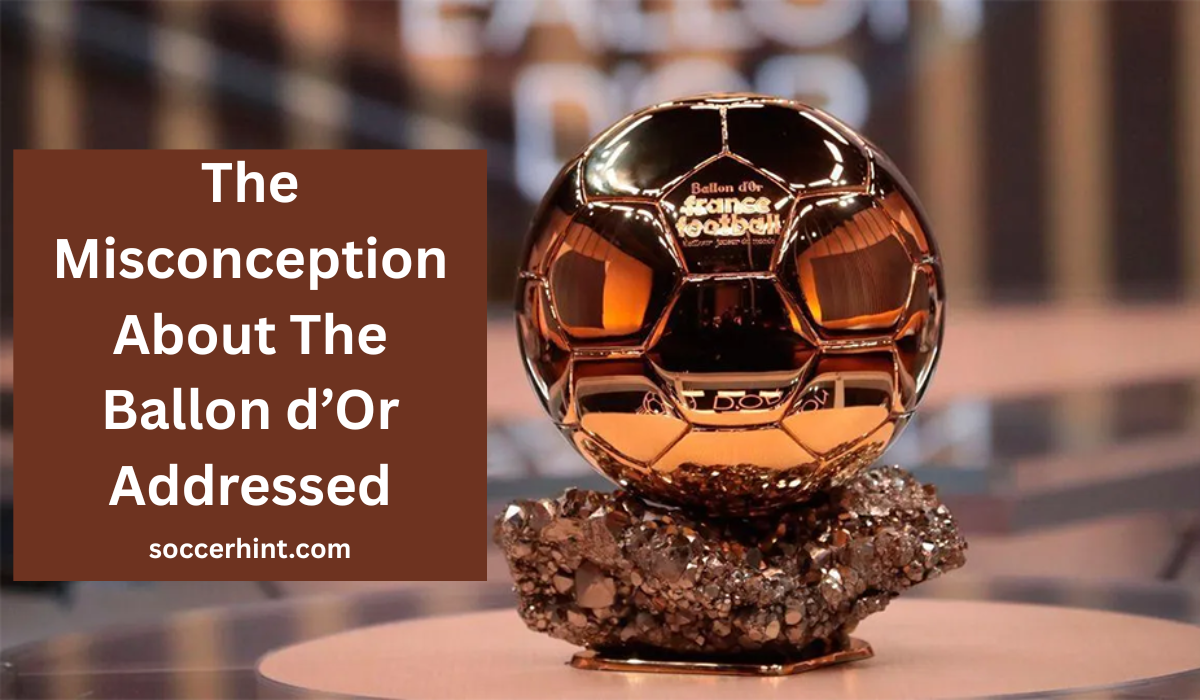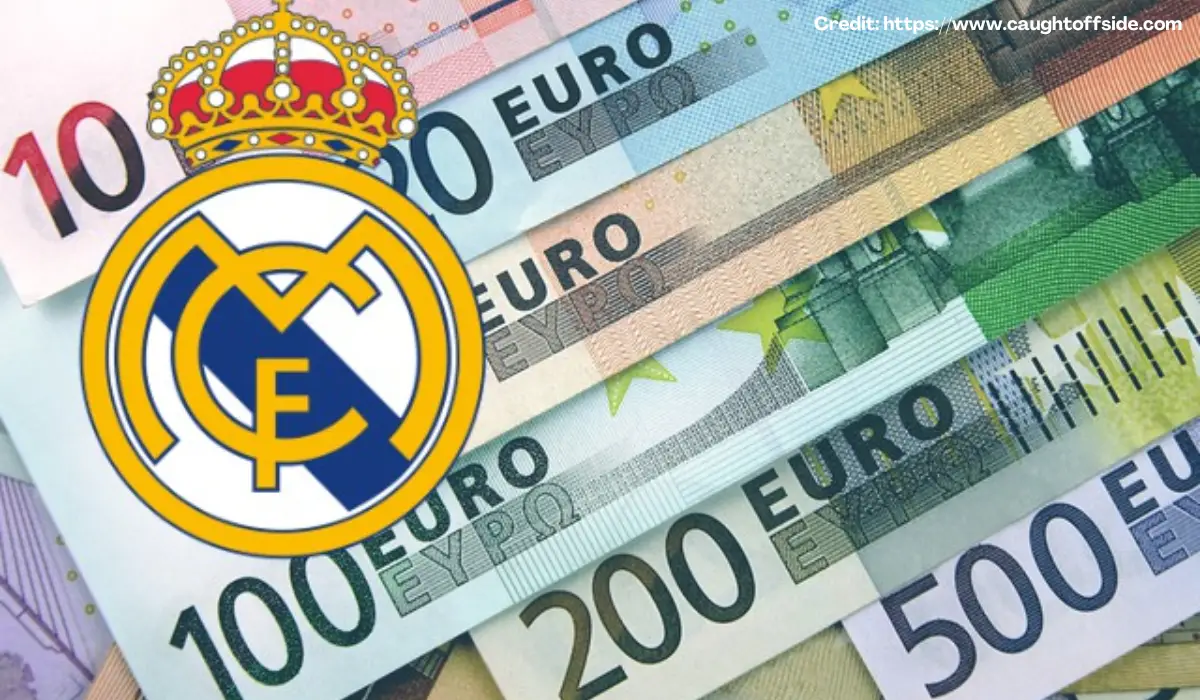There is a common misconception about the Ballon d’Or that needs addressing fast. People often say “Ballon d’Or” and mean the award for the best male player. That is mostly true in everyday talk. But the full picture is broader. The Ballon d’Or event now includes more awards than just the men’s title. It celebrates many roles, many players.
Here’s what you should know.
Since 1956, France Football has presented the Ballon d’Or. At first, it was for the best European player. Over time it grew global. Today the men’s Ballon d’Or remains the most famous. But in recent years, new categories have been added. In 2025, for example, the ceremony presents awards for women, for best young players, for goalkeepers, and more.
So when someone says “He won the Ballon d’Or,” they usually mean the men’s award. But that phrase is a shorthand for a larger night that honors many parts of football.
Let’s look at some key categories that are now part of the Ballon d’Or ceremony:
- Men’s Ballon d’Or: the classic. Awarded to the male footballer judged best over the season.
- Women’s Ballon d’Or (Ballon d’Or Féminin): the female counterpart, celebrating outstanding women players.
- Kopa Trophy: for players under age 21. (Often called the youth Ballon d’Or.)
- Yashin Trophy: for the best goalkeeper. Named after Lev Yashin, the only goalkeeper ever to win the Ballon d’Or in 1963.
- Gerd Müller Trophy: awarded to the top scorer of the season.
- Coach Awards, Club Awards, Humanitarian Prizes (Socrates Award), and others: these recognize contributions beyond just playing.
Because of these additions, the Ballon d’Or ceremony now feels more like a football awards night than a single prize.
Many fans, commentators, or articles still treat the Ballon d’Or as only the men’s best-player award. That risks ignoring half the event. It’s like calling the Oscar “Best Actor” and forgetting Best Actress, Best Director, or other awards.
Also, understanding all the categories helps you debate fairly. If someone says “Player X won the Ballon d’Or,” you can ask: Which one? Men’s? Women’s? Youth?
Now, how did this expansion come about? Over time, people asked for more inclusivity. Women’s football grew in viewership. Youth players demanded recognition. Goalkeepers and coaches wanted their contributions honored. So expanding the awards made sense for France Football and football culture.
Another noteworthy thing is that the way winners are decided varies by category. For example, the voting for the men’s Ballon d’Or is done by journalists from the top 100 FIFA nations. The Kopa Trophy is decided by former Ballon d’Or winners.
All the same, the Ballon d’Or remains a recognition of excellence. But “excellence” now spans more roles, more players, more stories. It’s no longer just “best man in football.” It’s a night that honors the best in many dimensions.
If you ask me: when we talk about Ballon d’Or winners, we should say, for example, “He won the men’s Ballon d’Or in 2025,” or “She won the women’s Ballon d’Or.” That way, we don’t erase the rest.
All in all, the essence of this article is to clarify the misconception that The Ballon d’Or is just the award given to men’s best player. It is more than one trophy. From men’s and women’s titles to the Kopa and Yashin, discover all the awards that shape football’s big night.





